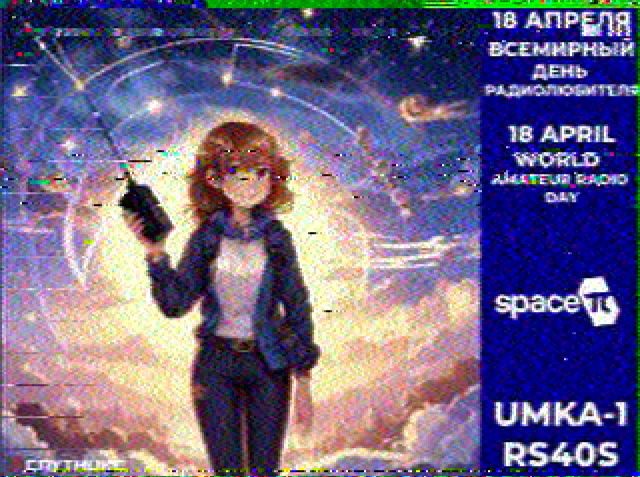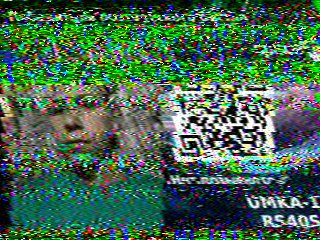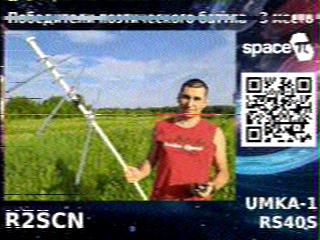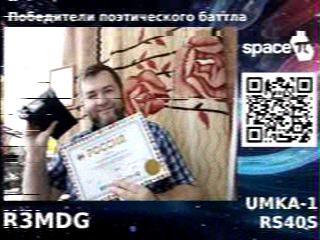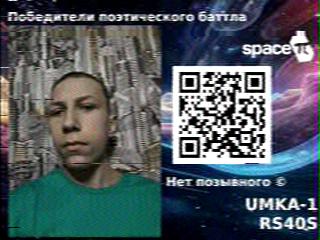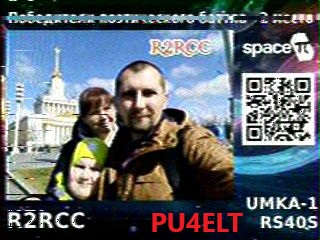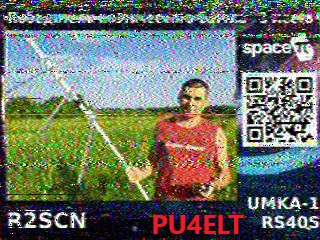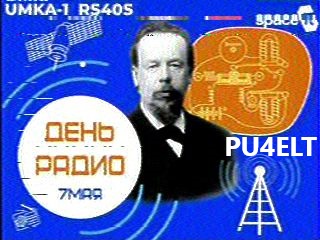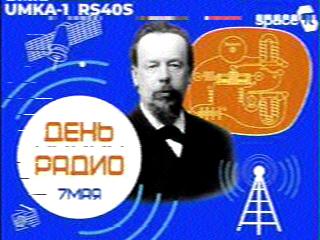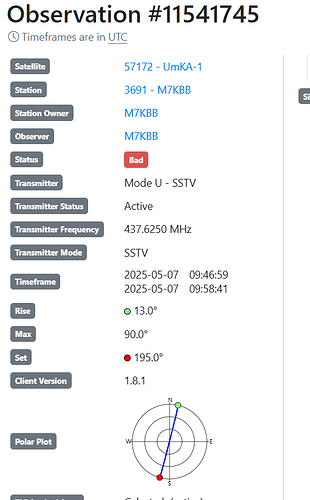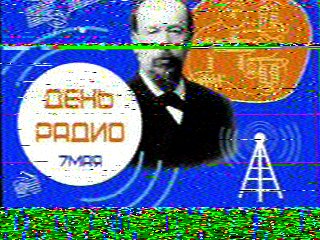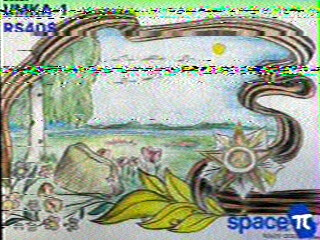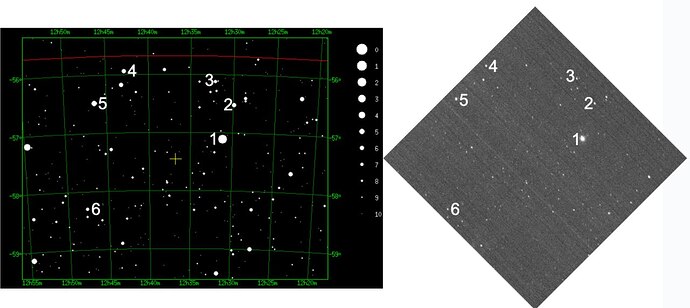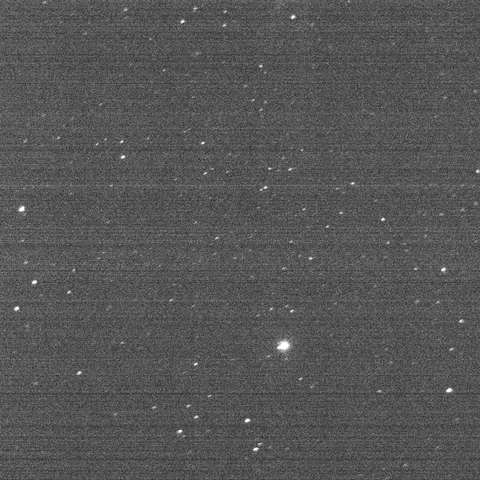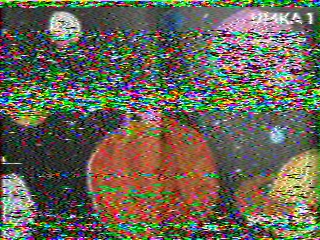2025-04-18, 13:25 UTC
"It’s gotten a little colder. Which means the atmosphere needs to be warmed up again
On Sunday, April 27, the transmission of images via SSTV protocol from the UMKA-1 RS40S spacecraft is planned 5 images with the winners of the “Poetic Battle” held last June have been prepared for broadcast.
The transmission will begin on April 27 at 00:55 UTC
The end of the transmission on April 27 after ~ 18:00 UTC (by the time of entering the MCC radio visibility zone)
- Frequency 437.625 MHz
- Format SSTV Robot36
- Interval - 154 seconds
If necessary, the transmission can be interrupted without prior notice! (increased temperature, low battery, etc.)"
Message sent on the Telegram channel : ON AIR (See the message HERE)
If you scan the QR code then you could read a wonderful poem.
SSTV (Robot36) broadcast on 435.825 MHz from RS40S
May 7 at 01:15 ~ 19:05 UTC
Dedicated to “Radio Day”
2025-05-07 08:17 on 435.825 - Radio Day, May 7th
Aleksandr Popov with the circuit of his lightning detector.
Dont use this selection as the transmitter frequency is not correct for SSTV
I realized the frequency was not correct towards the end and did not capture a full image
Doh! That explains why I didn’t hear anything on the 0947utc pass. Note to self: read the instructions ![]()
Well, it looks like the same war propaganda and glorification as from the ISS (Order of Patriotic War and ribbon of Saint George).
“The transmission of children’s drawings is scheduled for May 31 - June 1. The time of the transmission will be announced additionally.”
Message sent on the Telegram channel : ON AIR (See the message HERE)
The School Space Telescope team has great news. Inspiration can be compared to the first successful picture of the Moon, which was taken by our UMKA.
Throughout our mission, we have been actively working with the telescope on board the satellite.
At the end of the month of May, after a series of experiments on board the satellite, it was finally possible to catch the stars in the telescope. The first shots were blurry, but already sufficient for identification. Finally, clearer images of the stars were obtained.
Yes, the satellite is still difficult to work with. In particular, so far we have not been able to solve the problem with the S-band transmitter, but at least it has started its main mission.
Photos are transmitted via an open channel on the main frequency. And are available to radio amateurs!
Additionally. In honor of Children’s Day, there will be a broadcast of children’s drawings on the program “UMKA from space”.
The start is on May 31 at 01:15 UTC
Completion is on June 1 at 23:55 UTC
The main frequency is 437.625 MHz
Format - SSTV Robot36
The intervals are 110 seconds.
Good luck and good mood to all!
“Photos are transmitted via an open channel on the main frequency. And are available to radio amateurs!”
What does this mean? When UMKA-1 telescope takes a photo, is this then transmitted in real-time on the VHF or UHF frequency? What mode etc? Thanks!
Usually, the telescope takes a picture outside the radio visibility zone of the MCC. The received picture is transmitted at a frequency of 437.625 MHz, 9600 baud GMSK USP when the satellite passes over the MCC, which is located in the KO85 square. This is a working process.
In case radio amateurs have organized any event. They can ask to organize the broadcast of a picture from the satellite over their location. It is desirable if the event is aimed at popularizing amateur radio, space and astronomy among schoolchildren.
If there is a free schedule, UMKA can transmit the image simply at the request of radio amateurs over their location.
Receiving a picture is no different from the same reception of digital images, the broadcast of which is sometimes organized in the form of competitions and quests.
Also, to receive a complete picture, in order to reduce the time of its transmission, the team may ask radio amateurs from different countries to join in receiving data. When radio amateurs of each specific location will be responsible for receiving their specific fragment of the image. By adding up the results, we hope to get a complete image in FIT format. The community will be notified of this event in advance.
To get a picture, the most convenient software is that of radio amateur Alexander. The bundle is quite standard, as for receiving telemetry. You can read more about how to receive telemetry data here.
You can download Alexander’s program here.
Or you can use the method described here
Thanks! That explains it very well ![]() I’ll also see if I can receive your SSTV image tomorrow 31st May - 1st June. (I received these before).
I’ll also see if I can receive your SSTV image tomorrow 31st May - 1st June. (I received these before).

